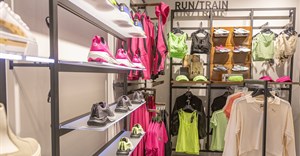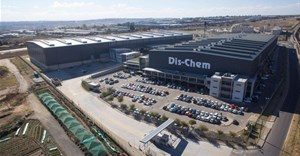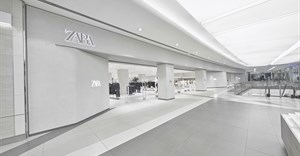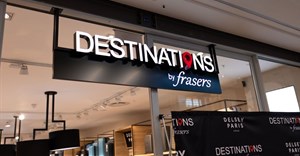Trending
Elections 2024
Jobs
- Entry Level Sales Consultant White River
- Field Sales Representatives White River
- Area Sales Consultant White River
- General Sales Worker Johannesburg
- Brand Ambassador mbombela
- Sales Promotion Assistant Bushbuckridge
- Business Developer - Executive Development Cape Town
- Sales Representative Nelspruit
- Collection Agent Bushbuckridge
- General Sales Worker Hazyview
Keeping physical retail alive, and growing

Edgars may shut the doors of its landmark store in the centre of Johannesburg in an attempt to revive the ailing brand, and Nine West and Mango have closed their stores across the country due to increased competition and economic pressure. As outlooks go, this may seem dire, but for those retailers that are paying attention and preparing to adapt, it’s a landscape filled with potential.
To achieve retail relevance in an age where shoppers are savvier than ever and competition continues to increase, retailers need to bring together multiple worlds to create modern, personalised and unique customer experiences. That means combining digital and technology, expert sales staff, marketing, market understanding and quality products.
Here are three ways that retail can plan for the future and sail on through the digital era…
1. Retail is dead, long live retail
The idea that brick and mortar stores are dead in the water isn’t actually founded in reality. They aren’t dying, they’re evolving. According to a study by A.T. Kearney entitled ‘Omnichannel Shopping Preferences’, 95% of all retail sales are still captured in the physical store. Online isn’t killing the store, it is simply creating an additional sales channel to help retailers build their presence and drive growth. Most people now browse for items on their devices, but still head in-store to purchase them – it’s a trend called web-rooming and it is one that Forrester predicted would drive 2017 retail sales to $1.8 trillion.
The takeaway here is that the physical store is as much a part of the shopping journey as the online or mobile store. But it’s important that bricks and mortar stores are used to create experiences - retailers need to recognise the variety of customer touchpoints and how they want to shop, and then tailor their offering to match. Physical retail lets merchants connect with customers and build memorable experiences, that drive customer loyalty and keep shoppers coming back.
2. Invest in connecting online with the physical store
Retail is now all about having both online and in-store offerings. Customers want to move seamlessly from one touchpoint to the next. They want your business to know who they are, to remember what they like and when they like it, and to serve them personal offers or recommendations.
Retailers who are thriving are those who are making shopping from anywhere seamless and easy - whether that’s as a customer browses on their mobile, abandons their online shopping cart, receives an offer to their inbox, or takes a step into your store. So, offering services such as click and collect, delivery and returns that are fast and simple, and ensuring your online store is linked in with your in-store POS system for stock tracking, can make a big difference to this experience.
The reality is that stores like Walmart and Amazon are winning business because they are winning at omnichannel excellence. But it’s not just big stores who are doing this well, there are many affordable tools out there helping smaller, independent retailers innovate and grow too.
3. Pay attention to data
Data has been described as the oil of the technology era. It is the single most important resource for a retailer. It allows you to make relevant and sustainable business decisions. It enhances how you engage with customers, gives you insight into which promotions work and which don’t, and can shine a light on which products are the most successful and which times of the day are the most impactful. The value of this level of insight cannot be emphasised enough.
Want to know footfall at a specific time of day? Need to know which products your customers are most inclined to buy? These questions are easily answered by data, and it can take your understanding of customers, products, and market trends to the next level. So make sure you invest in a good retail management system that can highlight and help analyse this data for you. It could be the most valuable thing you do for your business, to stay ahead in this new era of retail.



















